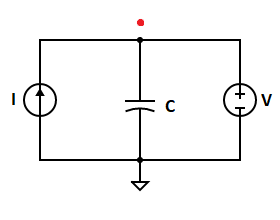The idea that special relativity provides the link between electrical force and magnetic force is very satisfactory. Unfortunately with only one exception have I found anything that explains why a test charge stationary in the laboratory frame next to a current carrying conductor experiences no force. This includes the excellent Purcell 3rd Ed.
It is not acceptable to simply quote the Lorenz equation without any explanation.
Because we are talking about motion we can use relativity. Let's have an observer move at the same velocity as the electrons in the conductor.
In the observers frame the positively charged nucleons will be moving in the opposite direction. Hence we have a current hence we have magnetic fields.
But the test charge is now moving through this magnetic field so must experience a force as a result of the Lorenz equation.
Bit of a contradiction?
What is wrong with this crazy view?
Back in the lab frame the electrons in the conductor are moving as a result of some applied voltage. So there is a moving negative charge from, say, left to right.
But as each electron moves it leaves behind a "hole" that will be filled when the next in line electron moves.
As we have negative charges moving from left to right we have the positive holes moving from right to left.
In the lab frame this means that everything cancels out provided the test charge isn't moving.
Once the test charge starts to move there will be differential velocities between the positive hole stream and the electron stream. Due to SR a net charge will result that will either attract or repel the moving test particle.
This is the only explanation that appears to tick all the boxes.
What's wrong with it please?

